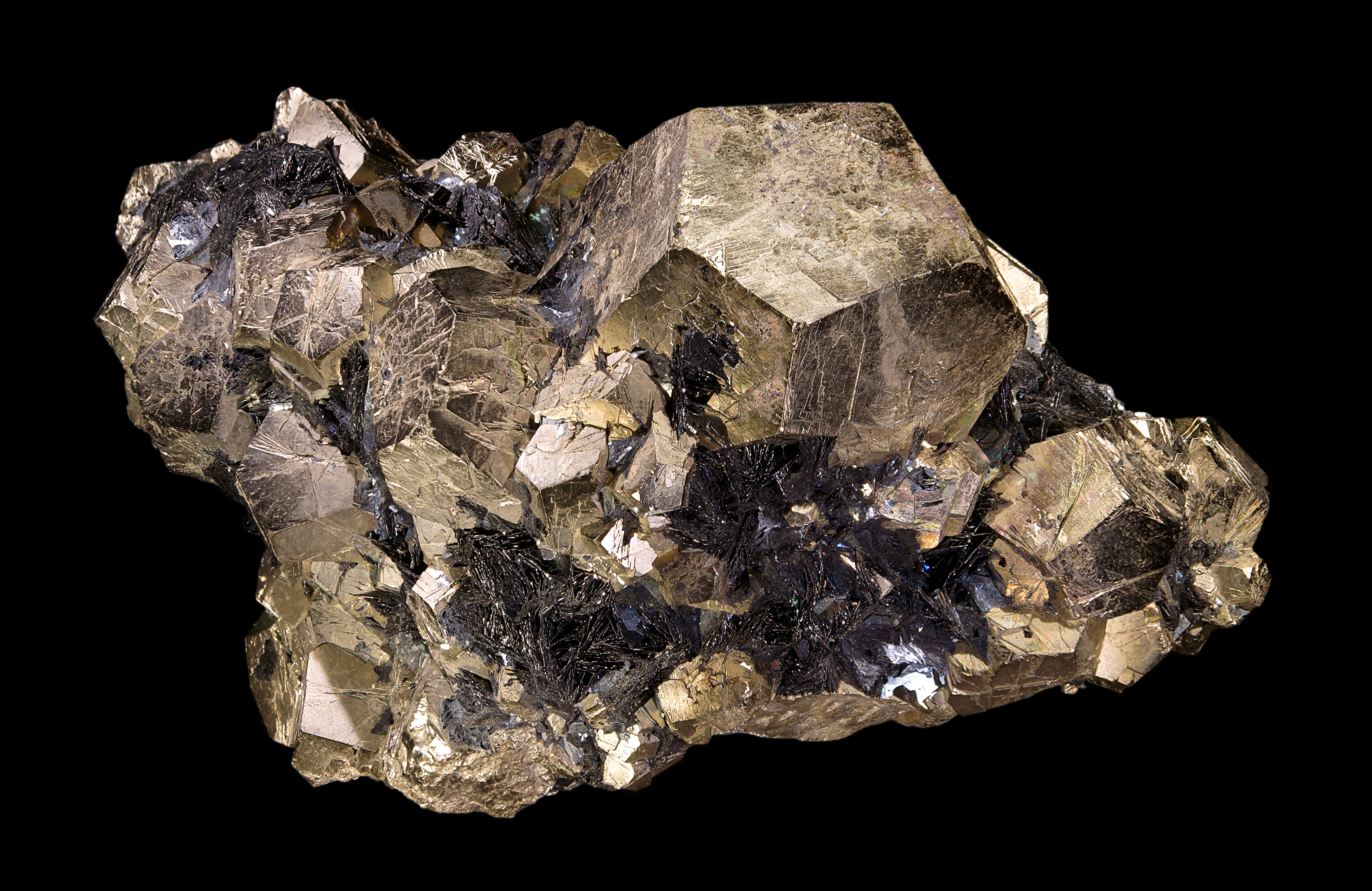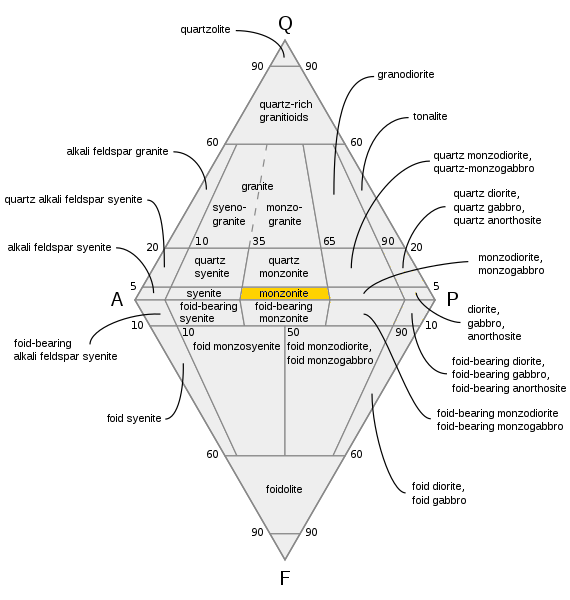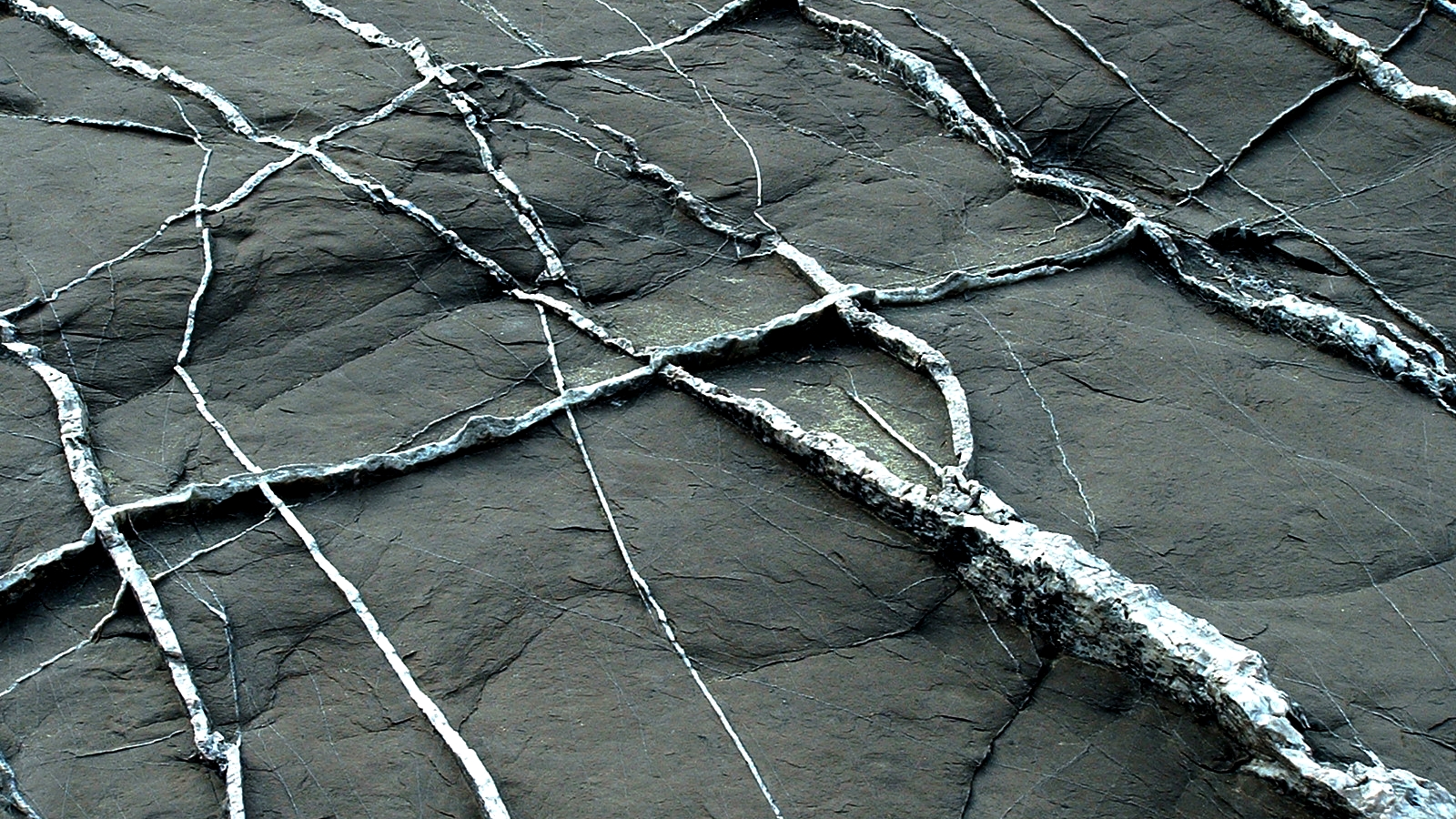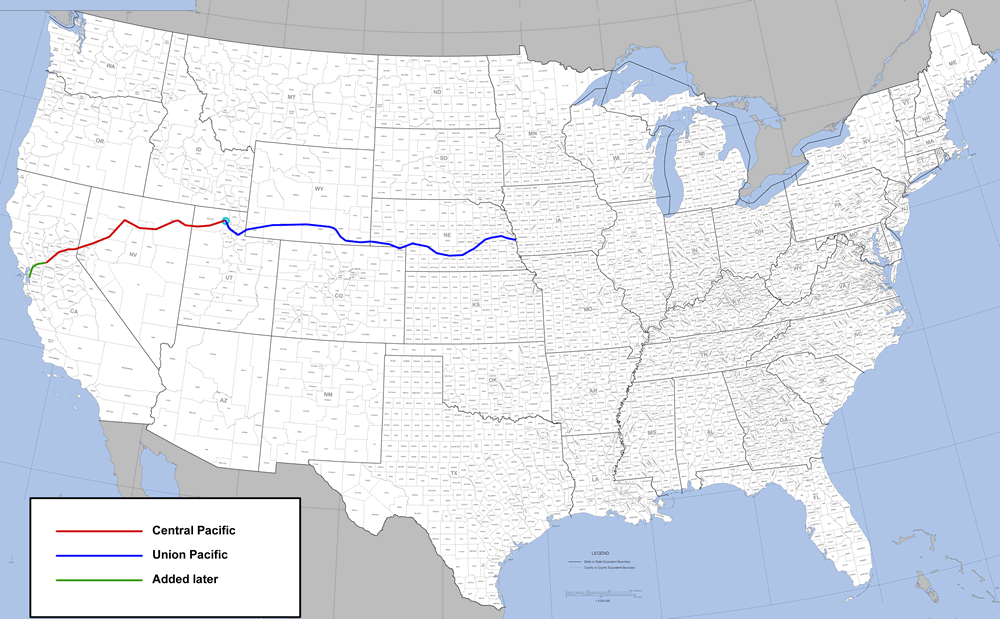|
Austin, Nevada
Austin is an unincorporated small town in, and former county seat of, Lander County, Nevada, United States. In 2020, the census-designated place of Austin had a population of 167. It is located on the western slopes of the Toiyabe Range at an elevation of . U.S. Route 50 passes through the town. History The Austin area was originally occupied by bands of the Western Shoshone people. The city of Austin was mapped out in 1862 by David Buell. This was during the American Civil War, and the Union was eager to find new sources of precious metals, especially gold, to support the war effort. The city was named after Buell's partner, Alvah Austin, during a silver rush. The valued metal was reputedly found when a Pony Express horse kicked over a rock and observers noticed the silver. In 1862, it was designated as the county seat of Lander County. (In 1979, after the center of population had shifted, the county seat was shifted to Battle Mountain.) By summer 1863, Austin and the surr ... [...More Info...] [...Related Items...] OR: [Wikipedia] [Google] [Baidu] [Amazon] |
Unincorporated Towns In Nevada
Nevada state law allows for governance of unincorporated area, unincorporated towns under two different systems. The Unincorporated Town Government Law, adopted in 1975, applies to counties of 100,000 people or more, and any other county that opts in. For other counties, a patchwork system of laws applies. A 1975 study by the state Legislative Commission identified 39 unincorporated towns in Nevada. As of 2014, the state Demographer's Office listed 44 unincorporated towns. Unincorporated Town Government Law The Unincorporated Town Government Law, adopted in 1975, applies to counties with a population over 100,000 (Clark County, Nevada, Clark and Washoe County, Nevada, Washoe Counties), and any other county whose commissioners pass an ordinance adopting the law. Under this law, unincorporated towns are provided extra services by the county, paid for by property taxes or other revenue sources from the town. A town can be formed by an initiative petition by residents, or by the coun ... [...More Info...] [...Related Items...] OR: [Wikipedia] [Google] [Baidu] [Amazon] |
Pony Express
The Pony Express was an American express mail service that used relays of horse-mounted riders between Missouri and California. It was operated by the Central Overland California and Pikes Peak Express Company. During its 18 months of operation beginning in 1860, the Pony Express reduced the time for messages to travel between the east and west US coast to about 10 days. It became the west's most direct means of eastwest communication before the first transcontinental telegraph was established (October 24, 1861), and was vital for tying the new state of California with the rest of the United States. Despite a heavy subsidy, the Pony Express was not a financial success and went bankrupt in 18 months, when a faster telegraph service was established. Nevertheless, it demonstrated that a unified transcontinental system of communications could be established and operated year-round. When replaced by the telegraph, the Pony Express quickly became romanticized and became part of ... [...More Info...] [...Related Items...] OR: [Wikipedia] [Google] [Baidu] [Amazon] |
Sulfide Mineral
The sulfide minerals are a class of minerals containing sulfide (S2−) or disulfide () as the major anion. Some sulfide minerals are economically important as metal ores. The sulfide class also includes the selenide mineral, selenides, the telluride mineral, tellurides, the arsenide mineral, arsenides, the antimonide mineral, antimonides, the bismuthinides, the sulfarsenides and the sulfosalts.http://www.minerals.net/mineral/sort-met.hod/group/sulfgrp.htm Minerals.net Dana Classification, SulfidesKlein, Cornelis and Cornelius S. Hurlbut, Jr., 1986, ''Manual of Mineralogy'', Wiley, 20th ed., pp 269-293 Sulfide minerals are inorganic compounds. Minerals Common or important examples include: * Acanthite *Chalcocite *Bornite *Galena *Sphalerite *Chalcopyrite *Pyrrhotite *Millerite *Pentlandite *Covellite *Cinnabar *Realgar *Orpiment *Stibnite *Pyrite *Marcasite *Molybdenite Sulfarsenides: *Cobaltite *Arsenopyrite *Gersdorffite Sulfosalts: *Pyrargyrite *Pro ... [...More Info...] [...Related Items...] OR: [Wikipedia] [Google] [Baidu] [Amazon] |
Monzonite
Monzonite is an igneous intrusive rock, formed by slow cooling of underground magma that has a moderate silica content and is enriched in alkali metal oxides. Monzonite is composed mostly of plagioclase and alkali feldspar. Syenodiorite is an obsolescent term for monzonite or for monzodiorite.Le Maitre, R.W., ''Igneous Rocks: A Classification and Glossary of Terms'' Cambridge University Press, 2nd ed, pp. 113 Larvikite is a particular form of monzonite. Description Monzonite is a coarse-grained ( phaneritic) igneous rock. Such rocks are classified by their relative percentages of quartz, plagioclase, alkali feldspar, and feldspathoid (the QAPF classification). Monzonite is defined as rock having less than 5% quartz in its QAPF fraction and in which alkali feldspar makes up between 35% and 65% of the total feldspar content. If quartz constitutes greater than 5% of the QAPF fraction, the rock is termed a quartz monzonite, while if feldspathoids are present as up to 10% of ... [...More Info...] [...Related Items...] OR: [Wikipedia] [Google] [Baidu] [Amazon] |
Vein (geology)
In geology, a vein is a distinct sheetlike body of crystallized minerals within a rock. Veins form when mineral constituents carried by an aqueous solution within the rock mass are deposited through precipitation. The hydraulic flow involved is usually due to hydrothermal circulation. Veins are classically thought of as being planar fractures in rocks, with the crystal growth occurring normal to the walls of the cavity, and the crystal protruding into open space. This certainly is the method for the formation of some veins. However, it is rare in geology for significant open space to remain open in large volumes of rock, especially several kilometers below the surface. Thus, there are two main mechanisms considered likely for the formation of veins: ''open-space filling'' and ''crack-seal growth''. Open space filling Open space filling is the hallmark of epithermal vein systems, such as a stockwork, in greisens or in certain skarn environments. For open space fillin ... [...More Info...] [...Related Items...] OR: [Wikipedia] [Google] [Baidu] [Amazon] |
Quartz
Quartz is a hard, crystalline mineral composed of silica (silicon dioxide). The Atom, atoms are linked in a continuous framework of SiO4 silicon–oxygen Tetrahedral molecular geometry, tetrahedra, with each oxygen being shared between two tetrahedra, giving an overall chemical formula of Silicon dioxide, SiO2. Quartz is, therefore, classified structurally as a Silicate mineral#Tectosilicates, framework silicate mineral and compositionally as an oxide mineral. Quartz is the second most abundant mineral in Earth's continental crust, behind feldspar. Quartz exists in two forms, the normal α-quartz and the high-temperature β-quartz, both of which are chiral. The transformation from α-quartz to β-quartz takes place abruptly at . Since the transformation is accompanied by a significant change in volume, it can easily induce microfracturing of ceramics or rocks passing through this temperature threshold. There are many different varieties of quartz, several of which are classifi ... [...More Info...] [...Related Items...] OR: [Wikipedia] [Google] [Baidu] [Amazon] |
Silver
Silver is a chemical element; it has Symbol (chemistry), symbol Ag () and atomic number 47. A soft, whitish-gray, lustrous transition metal, it exhibits the highest electrical conductivity, thermal conductivity, and reflectivity of any metal. Silver is found in the Earth's crust in the pure, free elemental form ("native metal, native silver"), as an alloy with gold and other metals, and in minerals such as argentite and chlorargyrite. Most silver is produced as a byproduct of copper, gold, lead, and zinc Refining (metallurgy), refining. Silver has long been valued as a precious metal. Silver metal is used in many bullion coins, sometimes bimetallism, alongside gold: while it is more abundant than gold, it is much less abundant as a native metal. Its purity is typically measured on a per-mille basis; a 94%-pure alloy is described as "0.940 fine". As one of the seven metals of antiquity, silver has had an enduring role in most human cultures. Other than in currency and as an in ... [...More Info...] [...Related Items...] OR: [Wikipedia] [Google] [Baidu] [Amazon] |
Turquoise
Turquoise is an opaque, blue-to-green mineral that is a hydrous phosphate of copper and aluminium, with the chemical formula . It is rare and valuable in finer grades and has been prized as a gemstone for millennia due to its hue. The robin egg blue or sky blue color of the Persian turquoise mined near the modern city of Nishapur, Iran, has been used as a guiding reference for evaluating turquoise quality. Like most other opaque gems, turquoise has been devalued by the introduction of treatments, imitations, and synthetics into the market. Names The word ''turquoise'' dates to the 17th century and is derived from the Old French ''turquois'' meaning "Turkish" because the mineral was first brought to Europe through the Ottoman Empire.Turquoise . minerals.usgs.gov However, according to [...More Info...] [...Related Items...] OR: [Wikipedia] [Google] [Baidu] [Amazon] |
Uranium
Uranium is a chemical element; it has chemical symbol, symbol U and atomic number 92. It is a silvery-grey metal in the actinide series of the periodic table. A uranium atom has 92 protons and 92 electrons, of which 6 are valence electrons. Uranium radioactive decay, radioactively decays, usually by emitting an alpha particle. The half-life of this decay varies between 159,200 and 4.5 billion years for different isotopes of uranium, isotopes, making them useful for dating the age of the Earth. The most common isotopes in natural uranium are uranium-238 (which has 146 neutrons and accounts for over 99% of uranium on Earth) and uranium-235 (which has 143 neutrons). Uranium has the highest atomic weight of the primordial nuclide, primordially occurring elements. Its density is about 70% higher than that of lead and slightly lower than that of gold or tungsten. It occurs naturally in low concentrations of a few Parts-per notation#Parts-per expressions, parts per million in soil, ... [...More Info...] [...Related Items...] OR: [Wikipedia] [Google] [Baidu] [Amazon] |
First Transcontinental Railroad (North America)
America's first transcontinental railroad (known originally as the "Pacific Railroad" and later as the " Overland Route") was a continuous railroad line built between 1863 and 1869 that connected the existing eastern U.S. rail network at Council Bluffs, Iowa, with the Pacific coast at the Oakland Long Wharf on San Francisco Bay. The rail line was built by three private companies over public lands provided by extensive U.S. land grants.Pacific Railroad Act of 1862, §2 & §3 Building was financed by both state and U.S. government subsidy bonds as well as by company-issued mortgage bonds.Pacific Railroad Act of 1862, §5 & §6 The Western Pacific Railroad Company built of track from the road's western terminus at Alameda/Oakland to Sacramento, California. The Central Pacific Railroad Company of California (CPRR) constructed east from Sacramento to Promontory Summit, Utah Territory. The Union Pacific Railroad (UPRR) built from the road's eastern terminus at the Missouri River ... [...More Info...] [...Related Items...] OR: [Wikipedia] [Google] [Baidu] [Amazon] |
Nevada Central Railroad
The Nevada Central Railroad was a Narrow gauge railways, narrow gauge railroad completed in 1880 between Battle Mountain, Nevada, Battle Mountain and Austin, Nevada, Austin, Nevada. The railroad was constructed to connect Austin, the center of a rich silver mining area, with the Southern Pacific First transcontinental railroad, transcontinental railroad, at Battle Mountain. However, by the time that the line was finished, the boom was almost over. Major silver production ended by 1887, although there was a slight revival later. History Austin was founded in 1862, as part of a silver rush reputedly triggered by a Pony Express rider, William Talcott whose horse kicked over a rock. By summer 1863, Austin and the surrounding Reese River Mining District had a population of over 10,000, and it became the county seat of Lander County. The Central Pacific Railroad came through Battle Mountain, Nevada in 1868, but the cost to get from Austin to Battle Mountain was high. Stage passe ... [...More Info...] [...Related Items...] OR: [Wikipedia] [Google] [Baidu] [Amazon] |
Reuel Colt Gridley
Reuel Colt Gridley (January 23, 1829 – November 24, 1870) was an American storekeeper who gained nationwide attention in 1864, when he repeatedly auctioned a plain sack of flour and raised over for the United States Sanitary Commission, which provided aid to wounded American Civil War soldiers. Background Gridley went to school in Hannibal, Missouri, where he befriended Mark Twain. He later fought in the Mexican–American War. In 1864, Gridley supported the Democratic candidate for mayor in Austin, Nevada, where he operated a grocery store. He made a bet with a Republican friend that the loser would carry a fifty-pound sack of flour through the town. He performed his punishment with the accompaniment of the town band, and at the end someone offered that the sack should be auctioned off to raise money for the ''Sanitary Fund'', a new organization that aided disabled Civil War veterans. After finally selling for $250, the winning bidder did not take the sack, but donated it ... [...More Info...] [...Related Items...] OR: [Wikipedia] [Google] [Baidu] [Amazon] |









